Home>Renovation & DIY>Home Renovation Guides>How To Get Rid Of Bees In Eaves
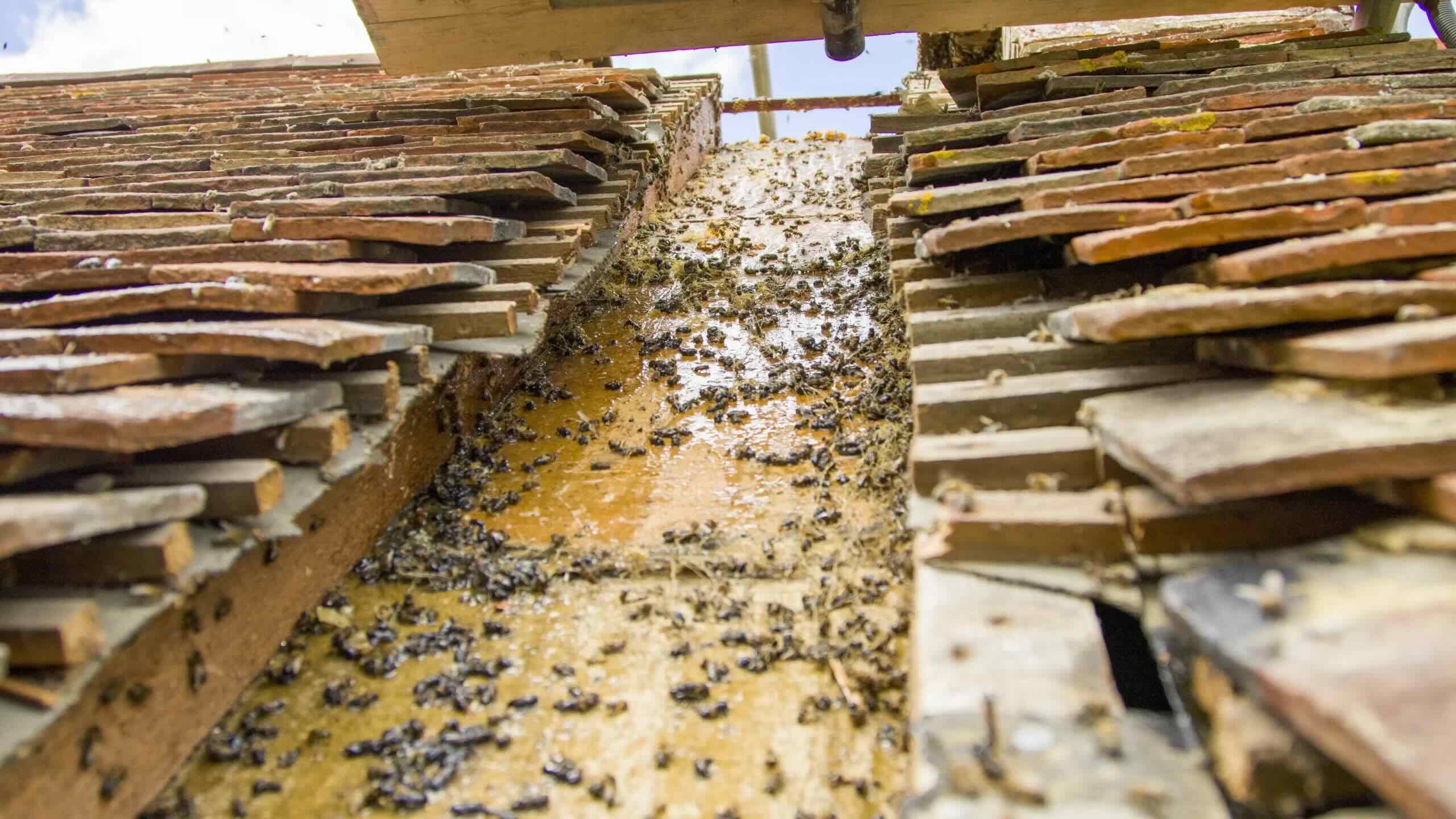

Home Renovation Guides
How To Get Rid Of Bees In Eaves
Modified: March 19, 2024
Learn effective methods for removing bees from your eaves with our comprehensive home renovation guide. Safely and efficiently tackle this common problem today!
(Many of the links in this article redirect to a specific reviewed product. Your purchase of these products through affiliate links helps to generate commission for Storables.com, at no extra cost. Learn more)
Introduction
Dealing with a bee infestation in your eaves can be a daunting and potentially hazardous situation. Bees, while essential to our ecosystem, can pose a threat when they establish hives in close proximity to our homes. The eaves of a house provide an ideal shelter for bees, offering protection from the elements and a secure location to build their hives. As a homeowner, it's crucial to address this issue promptly and effectively to ensure the safety of your family and the structural integrity of your property.
In this comprehensive guide, we will explore various methods for addressing bee infestations in eaves, ranging from natural remedies to professional extermination services. By understanding the risks associated with bee infestations and the available removal options, you can make informed decisions to safeguard your home and loved ones.
Whether you're a seasoned homeowner or a first-time property owner, navigating the process of bee removal from eaves can be overwhelming. This guide aims to provide you with the knowledge and insights necessary to tackle this challenge with confidence. From identifying the signs of a bee infestation to implementing preventative measures, we will cover every aspect of bee removal to empower you in effectively addressing this common household concern.
As we delve into the intricacies of bee infestations in eaves, it's important to approach the situation with a blend of caution and compassion. While it's essential to protect your home from potential damage and your family from stings, it's equally important to respect the vital role that bees play in our ecosystem. By adopting a balanced approach to bee removal, you can mitigate the risks while promoting the well-being of these remarkable creatures.
Join us on this enlightening journey as we unravel the mysteries of bee infestations in eaves and equip you with the knowledge and strategies needed to address this challenge head-on. Let's embark on this exploration of bee removal methods, embracing a harmonious coexistence with nature while safeguarding the sanctity of our homes.
Key Takeaways:
- Bee infestations in eaves can pose risks to homes and families, but natural methods like smoke and repellent plants offer humane and eco-friendly ways to address the issue.
- Professional exterminators provide expertise and safety in removing bee infestations from eaves, ensuring effective and ethical pest management for homeowners.
Read more: How To Get Rid Of Wasps In Eaves
Identifying the Bee Infestation
When it comes to addressing a bee infestation in your eaves, the first crucial step is to accurately identify the presence of bees. This task requires keen observation and an understanding of the typical signs indicating a bee infestation. By recognizing these indicators early on, you can take proactive measures to address the issue before it escalates into a more significant problem.
Visual Confirmation
One of the most apparent signs of a bee infestation in your eaves is visual confirmation of bees entering and exiting the area. Take the time to observe the eaves of your home, particularly during the daytime when bees are most active. Look for bees flying in and out of small openings or gaps in the eaves, indicating the presence of a hive within.
Audible Clues
In some cases, you may hear a subtle buzzing sound emanating from the eaves, especially during periods of heightened bee activity. This auditory cue can serve as an additional indicator of a bee infestation, prompting further investigation to confirm the presence of bees within the eaves.
Accumulation of Bees
Another telltale sign of a bee infestation is the accumulation of bees in the vicinity of your eaves. If you notice a significant number of bees congregating around the exterior of your home, particularly near the eaves, it's a strong indication that a hive may be located within that area.
Read more: How To Get Rid Of Bees On Porch
Presence of Honeycomb
In more advanced stages of a bee infestation, you may discover the presence of honeycomb material near the eaves. Bees construct honeycombs as part of their hive structure, and finding remnants of these intricate formations near the eaves is a clear indication of an established bee colony.
Unusual Bee Activity
Pay attention to any unusual bee activity around your eaves, such as aggressive behavior or swarming. These behaviors can signal a heightened level of bee activity, potentially indicating a larger and more established infestation within the eaves.
By familiarizing yourself with these key indicators, you can effectively identify a bee infestation in your eaves and take the necessary steps to address the situation promptly and effectively. Early detection and intervention are essential in mitigating the impact of bee infestations, safeguarding your home, and ensuring the well-being of your family.
Understanding the Risks
Understanding the risks associated with a bee infestation in your eaves is paramount in addressing this situation effectively. While bees are vital to the ecosystem and play a crucial role in pollination, their proximity to residential areas can pose significant hazards. It's essential to acknowledge and mitigate these risks to ensure the safety of your family and the structural integrity of your home.
One of the primary risks of a bee infestation in eaves is the potential for bee stings. When bees feel threatened or perceive their hive to be in danger, they may exhibit defensive behavior, leading to stinging incidents. For individuals with bee sting allergies, these encounters can result in severe allergic reactions, posing a significant health risk. Even for those without allergies, multiple bee stings can cause pain, swelling, and discomfort, particularly in vulnerable populations such as children and the elderly.
Furthermore, the presence of bees in eaves can lead to structural damage to your home. As bees establish and expand their hives, they may compromise the integrity of the eaves, causing deterioration and weakening of the underlying structure. This can result in costly repairs and maintenance to restore the affected areas, highlighting the potential financial risks associated with unaddressed bee infestations.
In addition to the immediate risks posed by bee stings and structural damage, the presence of bees in eaves can create long-term concerns. The accumulation of honey and beeswax within the eaves can attract other pests, such as ants and rodents, further exacerbating the infestation and complicating the removal process. Moreover, the continuous presence of bees near your home can impact outdoor activities and diminish the overall enjoyment of your property, affecting your quality of life.
Beyond the individual risks, it's important to recognize the broader environmental implications of bee infestations. Bees are essential pollinators, contributing to the growth of plants and the production of food crops. However, when bees establish hives in residential areas, their natural behaviors may conflict with human activities, leading to potential conflicts and disruptions in the local ecosystem.
By comprehensively understanding these risks, homeowners can approach bee infestations in eaves with a heightened awareness of the potential consequences. This awareness underscores the urgency of addressing bee infestations promptly and employing effective removal strategies to mitigate the associated risks. Through informed decision-making and proactive measures, homeowners can safeguard their families, homes, and the surrounding environment from the challenges posed by bee infestations in eaves.
Natural Methods for Removing Bees
When faced with a bee infestation in your eaves, exploring natural methods for removing bees can offer an environmentally friendly and humane approach to addressing the issue. These methods prioritize the well-being of the bees while effectively managing their presence near your home.
Read more: How To Get Rid Of Bees In The Grass
Smoke-Based Intervention
Utilizing smoke to encourage bees to vacate their hive is a time-honored natural method. By gently introducing smoke near the eaves, you can disrupt the bees' communication and trigger a response that prompts them to abandon the hive temporarily. This technique allows for the safe removal of the hive while minimizing harm to the bees.
Repellent Plants and Herbs
Certain plants and herbs possess natural repellent properties that can deter bees from establishing hives in specific areas. Strategically planting bee-repelling flora near your home, such as mint, eucalyptus, or citronella, can create an environment that discourages bee infestations in eaves.
Vinegar Solution
A solution of water and vinegar sprayed near the eaves can serve as a natural deterrent for bees. The acidic nature of vinegar disrupts the bees' pheromone trails, making the area less appealing for them to inhabit. This approach offers a non-toxic and eco-friendly means of discouraging bee activity in the vicinity of your home.
Sealing Entry Points
Identifying and sealing potential entry points in the eaves can prevent bees from accessing and establishing hives within these spaces. By addressing gaps, cracks, and openings in the eaves, you can effectively limit the bees' ability to infiltrate and create hives, thereby reducing the likelihood of infestations.
Read more: How To Get Rid Of Bees In The Attic
Professional Bee Repellents
Consulting with a professional beekeeper or pest control expert can provide access to natural bee repellents that are specifically formulated to deter bees without causing harm. These repellents are designed to discourage bee activity in targeted areas, offering a safe and sustainable approach to managing bee infestations in eaves.
By incorporating these natural methods into your bee removal strategy, you can take proactive steps to address bee infestations in eaves while respecting the essential role of bees in the ecosystem. These approaches prioritize coexistence with nature and offer viable alternatives to traditional extermination methods, promoting a harmonious balance between human habitation and the natural world.
Hiring a Professional Exterminator
When natural methods and DIY approaches fall short in effectively addressing a bee infestation in your eaves, enlisting the expertise of a professional exterminator becomes a prudent course of action. Professional exterminators, equipped with specialized knowledge and tools, offer comprehensive solutions tailored to the specific challenges posed by bee infestations, ensuring the safe and efficient removal of bees from your eaves.
Professional exterminators bring a wealth of experience to the table, enabling them to assess the extent of the bee infestation and devise targeted strategies for its eradication. Their expertise allows for the identification of key factors contributing to the infestation, such as hive size, bee species, and structural vulnerabilities, laying the groundwork for a customized removal plan.
Moreover, professional exterminators possess access to advanced equipment and protective gear essential for safely navigating bee-infested areas. From specialized bee suits and protective clothing to professional-grade bee repellents and extraction tools, these professionals are equipped to handle bee infestations with precision and care, minimizing risks to both occupants and the surrounding environment.
In addition to their technical proficiency, professional exterminators adhere to industry best practices and safety standards when executing bee removal procedures. Their meticulous approach prioritizes the humane treatment of bees while effectively mitigating the infestation, reflecting a commitment to ethical and responsible pest management practices.
Furthermore, engaging a professional exterminator for bee removal offers homeowners peace of mind, knowing that the infestation will be addressed comprehensively and with minimal disruption to their daily lives. Professional exterminators streamline the removal process, leveraging their expertise to swiftly and efficiently eliminate bee colonies from eaves, restoring the safety and integrity of the affected areas.
By enlisting the services of a professional exterminator, homeowners can navigate bee infestations in eaves with confidence, knowing that they have entrusted this critical task to skilled professionals dedicated to delivering effective and sustainable solutions. The expertise, resources, and commitment to ethical pest management practices exhibited by professional exterminators underscore their pivotal role in safeguarding homes and promoting a harmonious coexistence between humans and the natural world.
Preventing Future Infestations
Safeguarding your home against future bee infestations in eaves requires a proactive and comprehensive approach to pest management. By implementing preventive measures, homeowners can create an environment that discourages bees from establishing hives near their residences, minimizing the likelihood of recurring infestations.
Regular Maintenance and Inspection
Consistent maintenance of the eaves and exterior structures of your home is essential in preventing bee infestations. Conduct regular inspections to identify and promptly address any potential entry points, such as gaps, cracks, or openings in the eaves. By sealing these vulnerabilities and maintaining the integrity of the eaves, you can fortify your home against bee intrusion.
Read more: How To Get Rid Of Bees Nest In Roof
Strategic Landscaping
Strategic landscaping can play a pivotal role in deterring bees from nesting in close proximity to your home. Planting bee-repelling flora, such as marigolds, geraniums, and wormwood, around the perimeter of your property can create a natural barrier that dissuades bees from establishing hives in the eaves. Additionally, maintaining a well-trimmed and manicured landscape reduces potential nesting sites and minimizes the attractiveness of your property to bees.
Professional Consultation
Seeking guidance from professional pest control experts or beekeepers can provide valuable insights into bee behavior and habitat preferences. By consulting with these specialists, homeowners can gain tailored recommendations for mitigating bee-attracting factors and implementing proactive measures to prevent future infestations. Leveraging their expertise can empower homeowners to make informed decisions in creating a less hospitable environment for bees.
Educational Outreach
Educating yourself and your family members about bee behavior and the factors that attract them to residential areas is instrumental in preventing future infestations. By raising awareness about bee habits and the importance of maintaining a bee-friendly yet bee-resistant environment, you can foster a collective effort to minimize the risk of bee infestations in eaves. Encouraging responsible practices, such as proper waste management and reducing sources of standing water, contributes to creating an environment that is less conducive to bee habitation.
Sustainable Practices
Embracing sustainable practices in your daily routines can contribute to a bee-friendly environment while reducing the likelihood of infestations. Opt for eco-friendly alternatives to chemical pesticides and herbicides, as these substances can disrupt bee populations and their natural behaviors. By prioritizing sustainable landscaping and pest management practices, homeowners can promote a harmonious coexistence with bees while protecting their homes from infestations.
By integrating these preventive strategies into your home maintenance and lifestyle, you can fortify your property against future bee infestations in eaves. Proactive measures, informed decision-making, and a commitment to sustainable practices collectively contribute to creating a habitat that is less hospitable to bees, ensuring the long-term protection of your home and the well-being of your family.
Frequently Asked Questions about How To Get Rid Of Bees In Eaves
Was this page helpful?
At Storables.com, we guarantee accurate and reliable information. Our content, validated by Expert Board Contributors, is crafted following stringent Editorial Policies. We're committed to providing you with well-researched, expert-backed insights for all your informational needs.
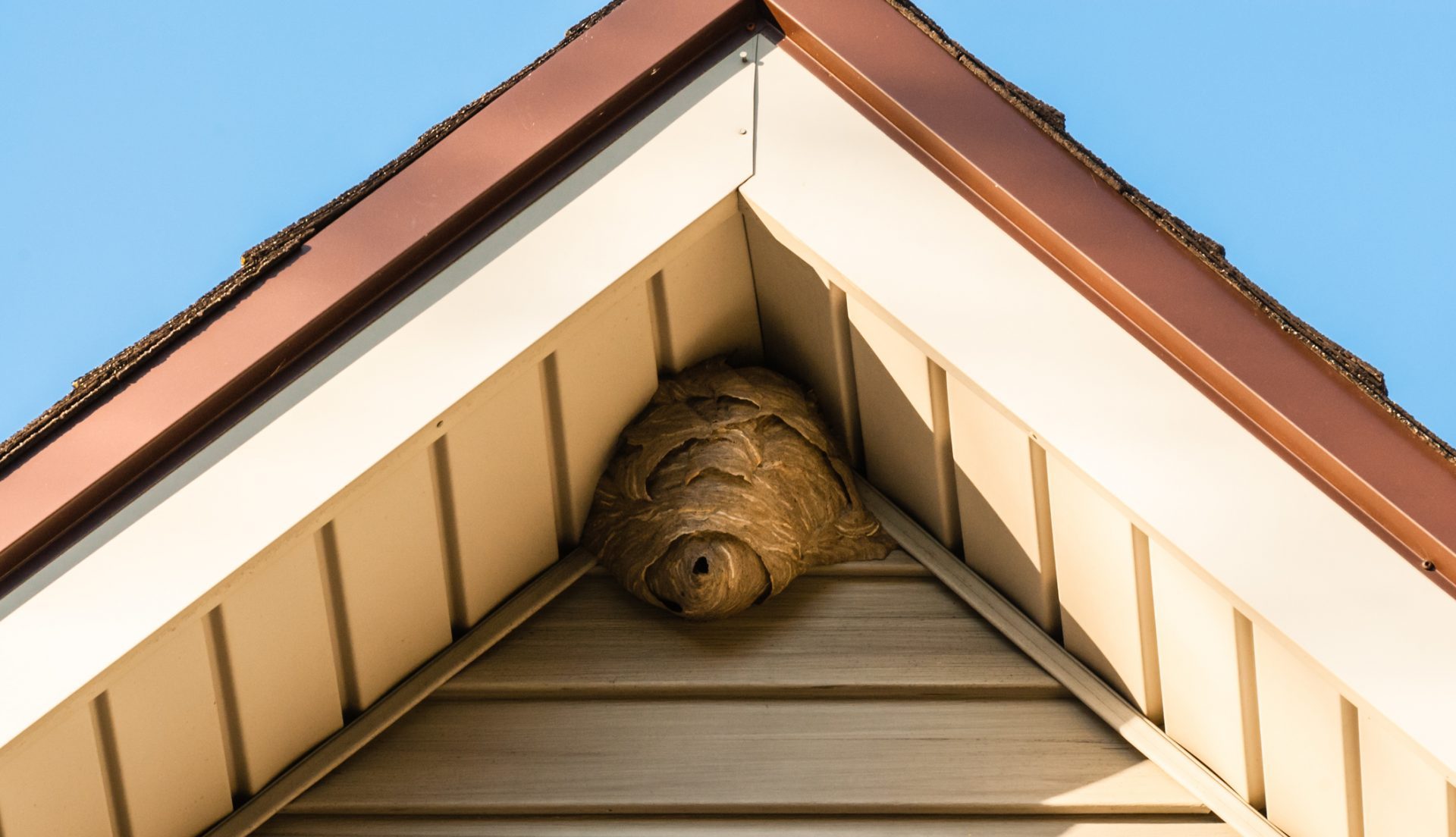

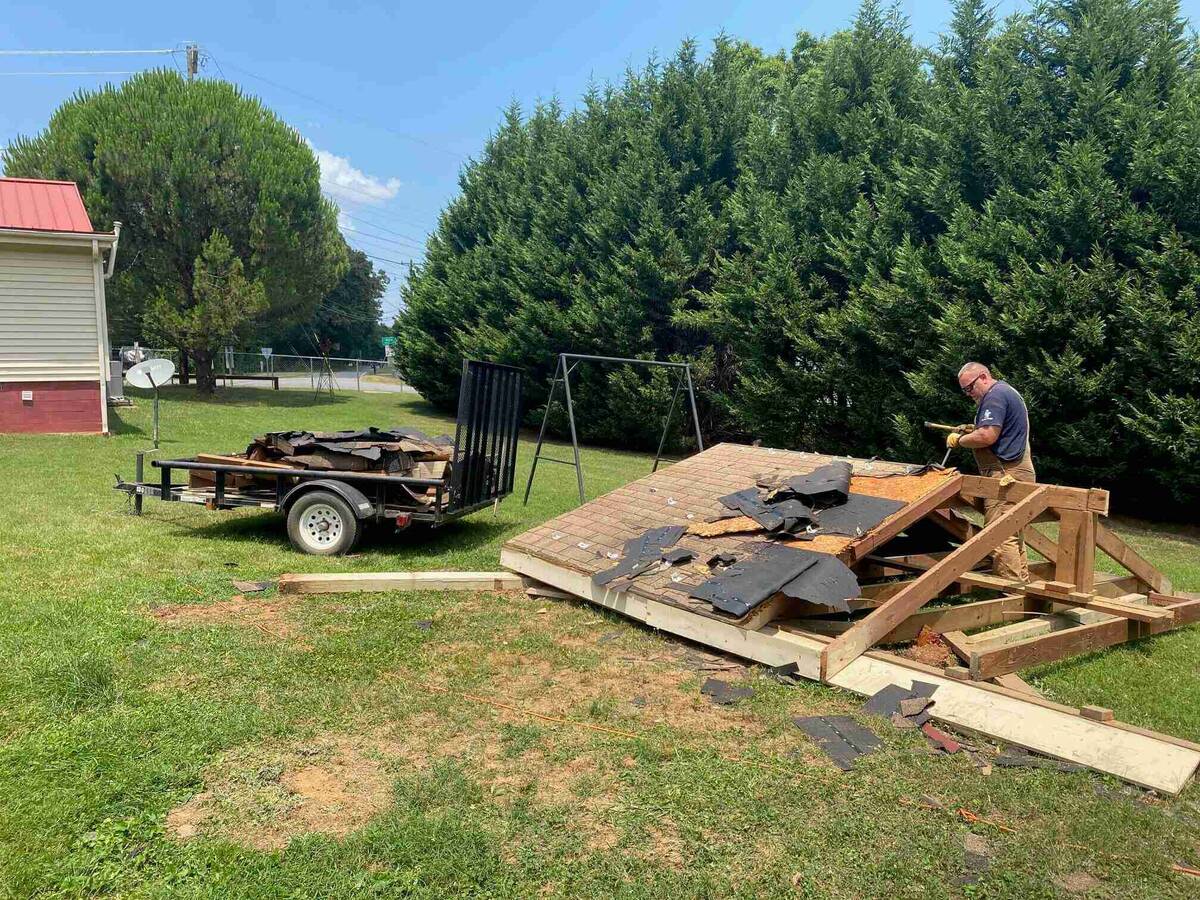



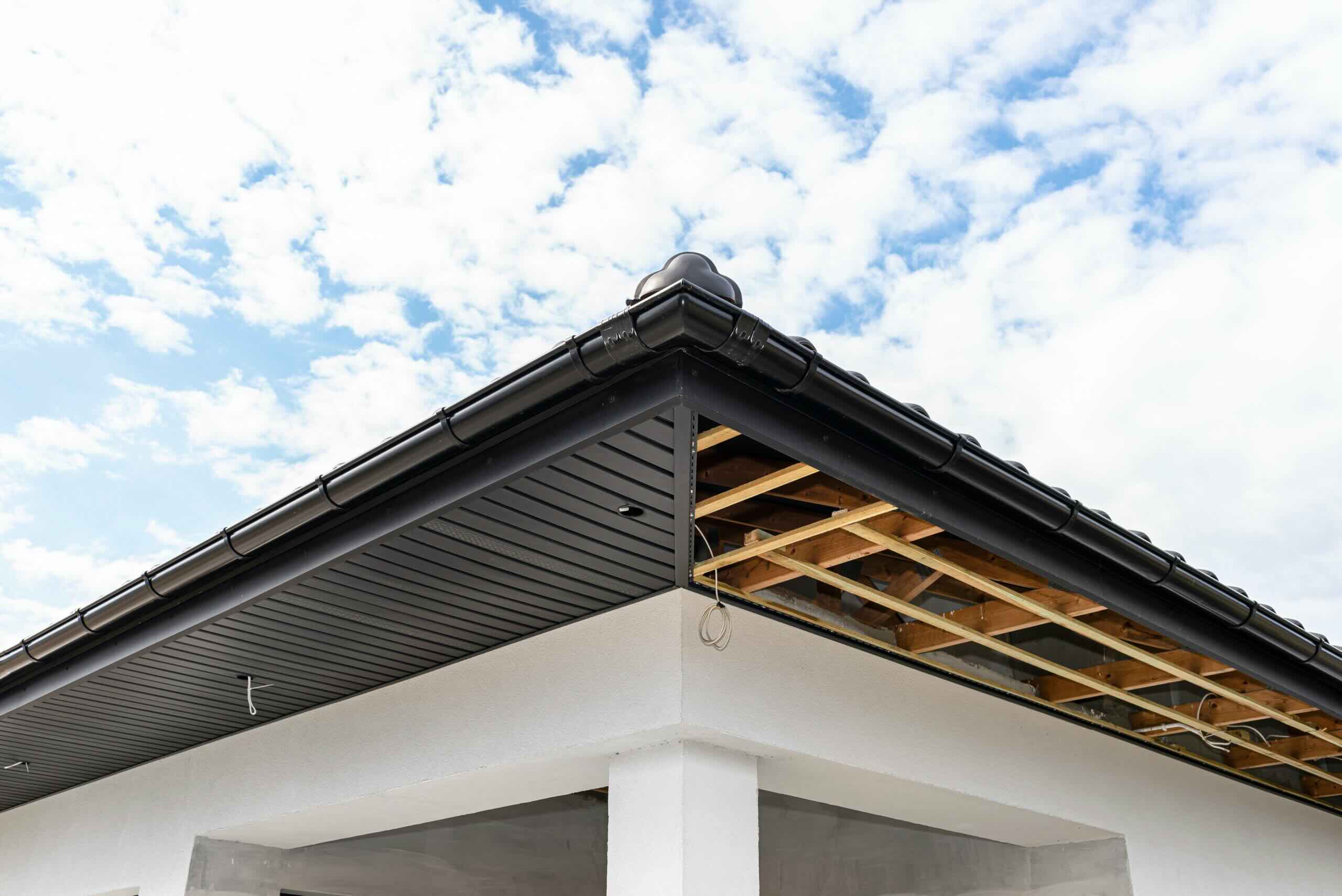
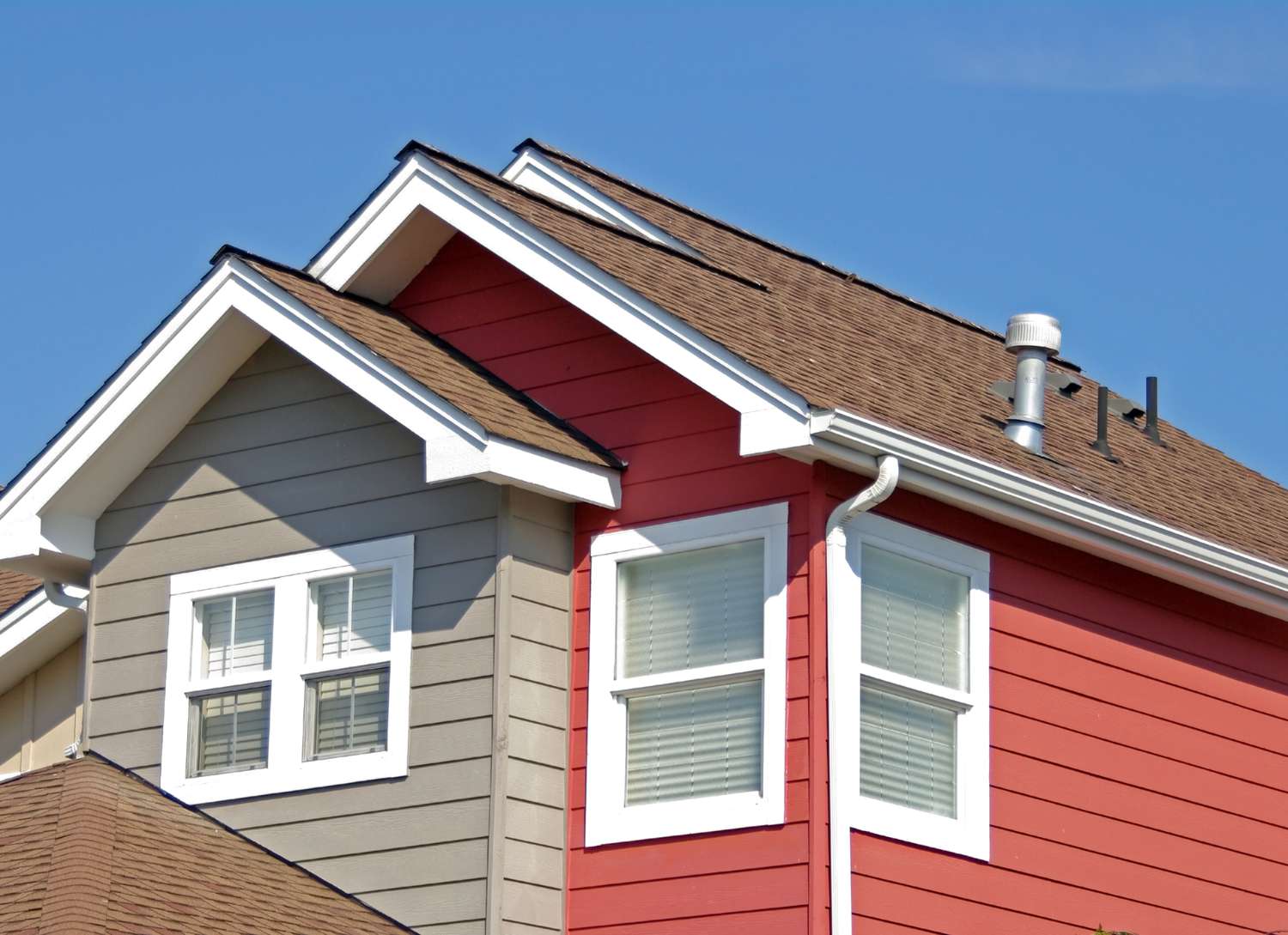
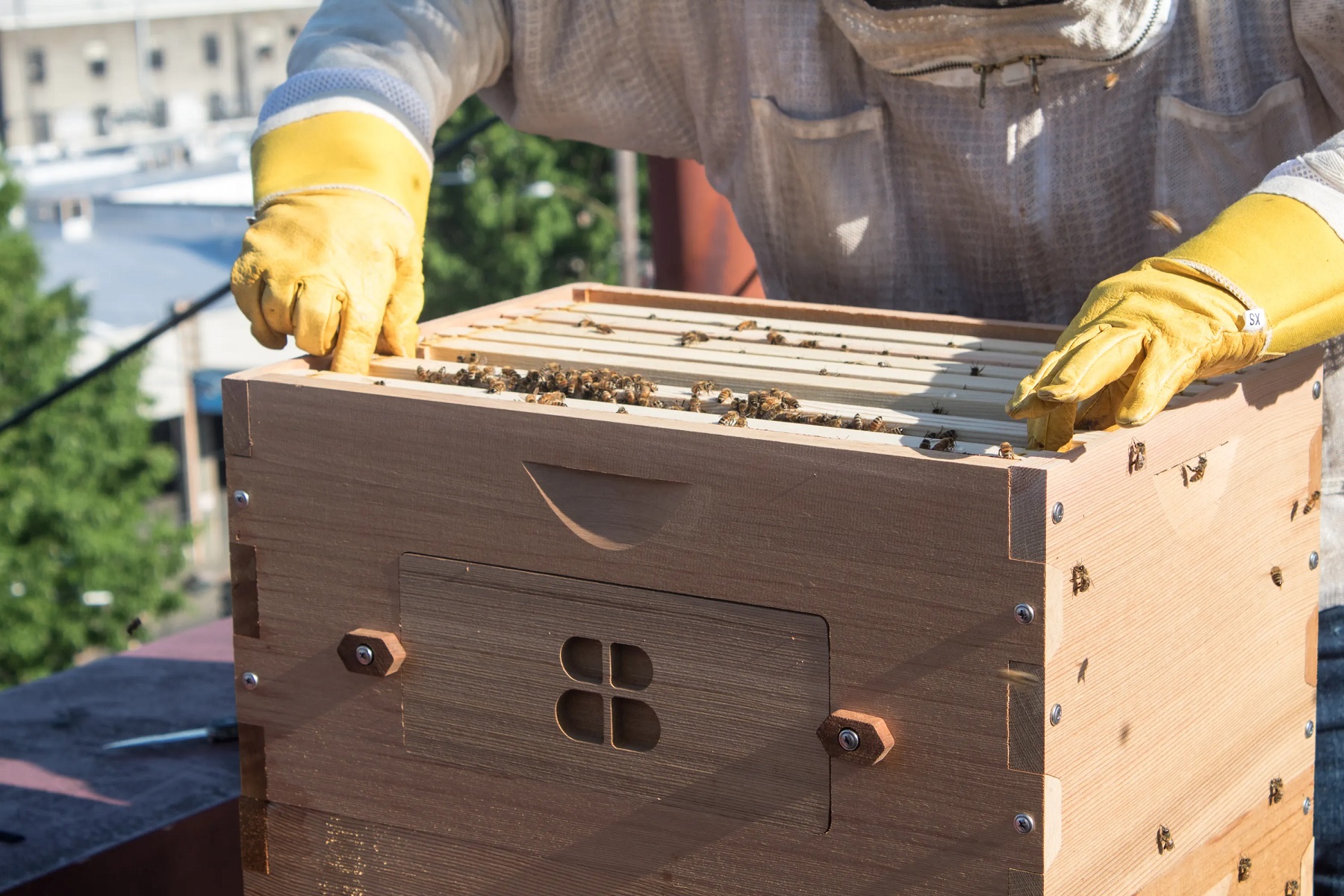
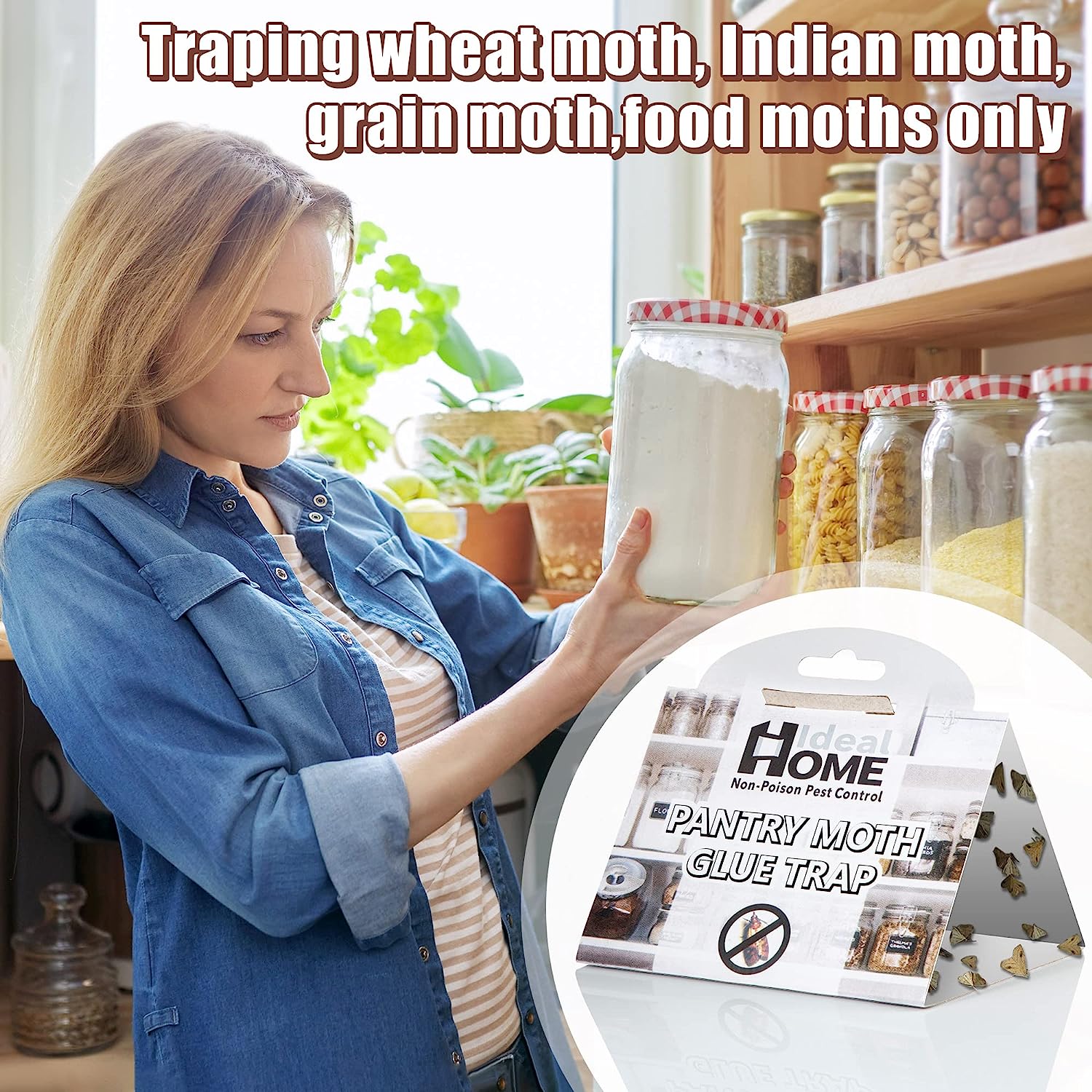
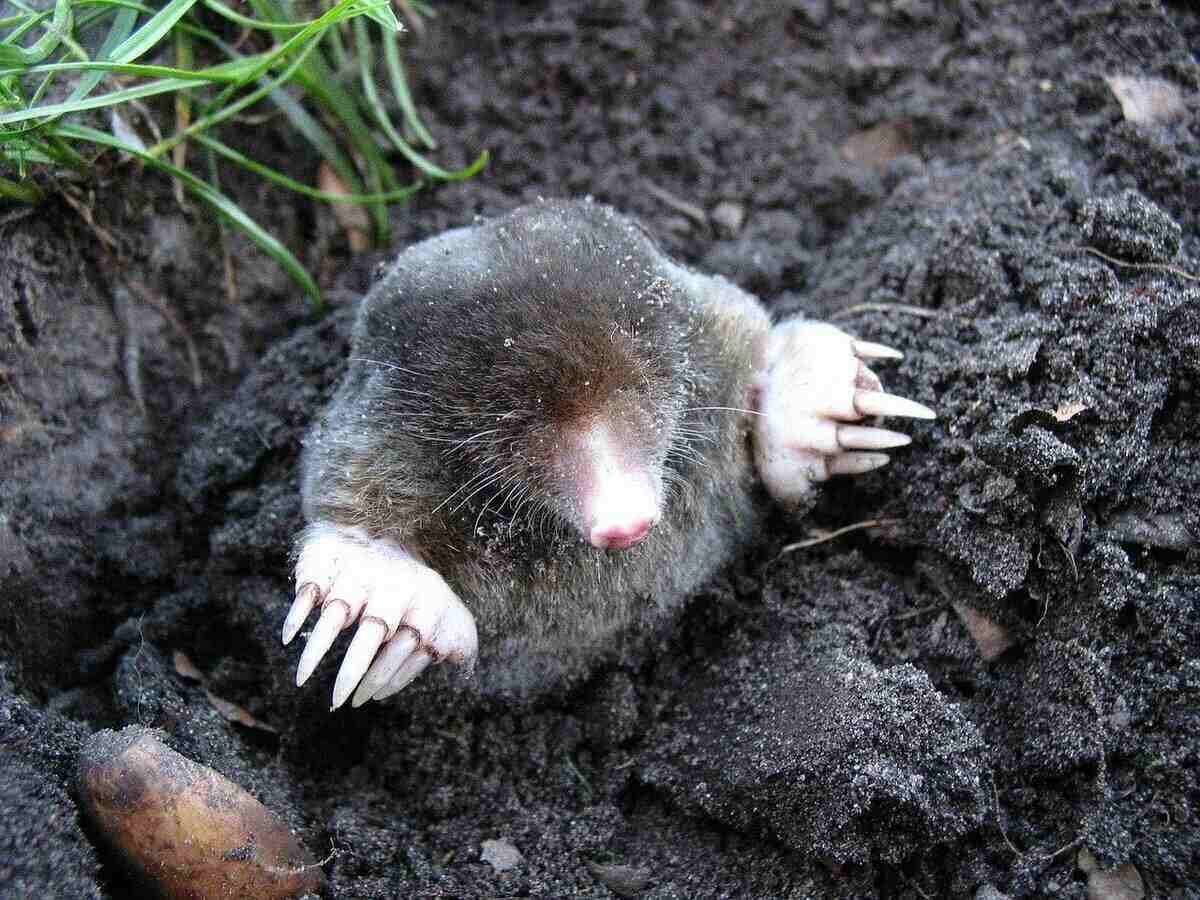

0 thoughts on “How To Get Rid Of Bees In Eaves”